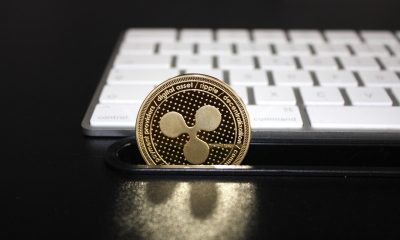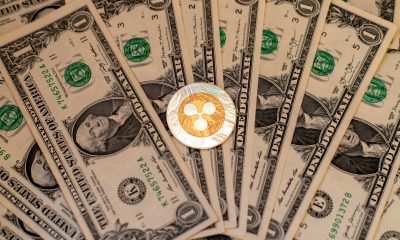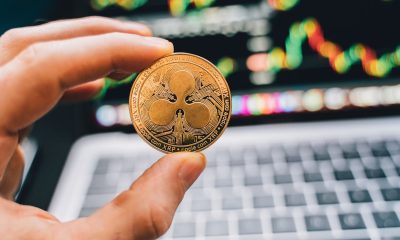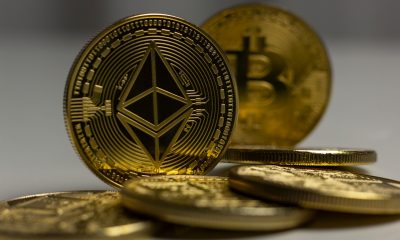Fintech
Ripple Targets Banking License to Boost RLUSD Stablecoin Amid U.S. Regulatory Shift
Ripple aims to secure a U.S. banking license and Fed Master Account to boost trust in its stablecoin RLUSD, backed 1:1 by dollars and Treasuries. Prompted by the Genius legislation legalizing stablecoins, Ripple follows Circle’s USDC model. RLUSD targets growth in a $250B market, signaling Ripple’s evolution into a regulated crypto-financial firm.
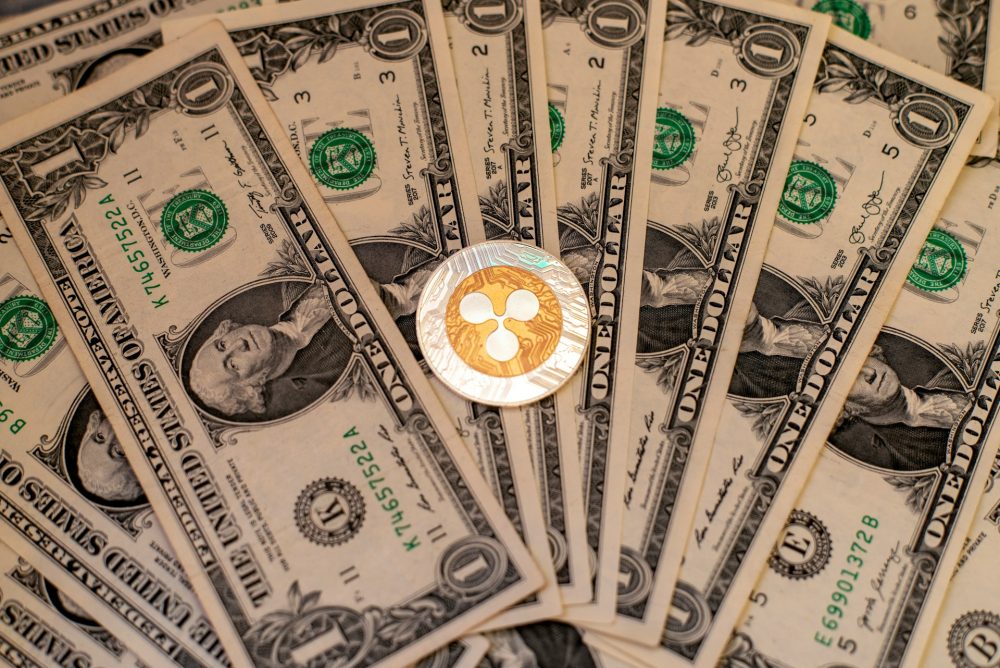
In the US, the Genius legislation provides regulatory clarity for stablecoins. Ripple now plans to apply for a banking license to further secure its stablecoin RLUSD. A trend is beginning.
Ripple, the crypto company known for its XRP, plans to operate as a US bank in the future. CEO Brad Garlinghouse writes on X that the company will apply for a corresponding license from the Office of the Comptroller of the Currency (OCC). Furthermore, Ripple’s subsidiary Standard Custody is seeking a so-called Fed Master Account with the US Federal Reserve. Both initiatives are intended to benefit the Ripple stablecoin RLUSD and strengthen trust through an additional layer of security. The news agency Reuters compares Ripple’s move to Circle, which focuses on the stablecoin USDC.
The background to the applications is the Genius legislative package, with which the US legally recognizes stablecoins. Ripple’s RLUSD, like Circle’s USDC, is designed as a 1:1 replica of the US dollar and is fully backed by cash reserves and US Treasury bonds. Garlinghouse estimates the stablecoin market at over $250 billion and emphasizes that RLUSD represents “regulation first.” Ripple has lived up to its law-abiding roots for many years and now wants to position RLUSD in the same way.
Like Ripple with RLUSD: Circle also wants to obtain a banking license for USDC
Observers explain that an OCC license would allow Ripple to avoid the detour through cooperating banks when handling RLUSD, along with the associated fees. A business account with the U.S. Federal Reserve would also mean that Ripple could deposit its RLUSD reserves directly with the Fed, which is considered an immense vote of confidence.
The situation is largely comparable with Circle and USDC, with the exception that Circle has been listed on the stock exchange as CRLC since the beginning of June. This has generated considerable interest because issuing a stablecoin through interest on the deposited reserves and fees is a highly profitable billion-dollar business, at least for market leader Tether (USDT).
Conclusion: Ripple is polishing its image with the stablecoin RLUSD – banking license targeted
The Ripple stablecoin RLUSD remains a smaller player in its segment, with a current market capitalization of around $470 million. USDC has a market capitalization of just over $60 billion, and USDT (Tether) even has a market capitalization of almost $160 billion. One ulterior motive behind the legal recognition of stablecoins in the US through the Genius legislative package is to establish the US dollar as a global reserve currency, also in digital form.
Major banks like JP Morgan are therefore working on their own stablecoins. Ripple, once focused on XRP, is in the process of transforming into a financial company with blockchain expertise, and RLUSD is set to play a central role in this. It remains to be seen how the US authorities will react to the applications from Ripple and Circle (USDC). In general, the US has been transforming into an officially crypto-friendly country since Donald Trump took office and has even begun to establish a strategic Bitcoin reserve.
__
(Featured image by Dmytro Demidko via Unsplash)
DISCLAIMER: This article was written by a third party contributor and does not reflect the opinion of Born2Invest, its management, staff or its associates. Please review our disclaimer for more information.
This article may include forward-looking statements. These forward-looking statements generally are identified by the words “believe,” “project,” “estimate,” “become,” “plan,” “will,” and similar expressions. These forward-looking statements involve known and unknown risks as well as uncertainties, including those discussed in the following cautionary statements and elsewhere in this article and on this site. Although the Company may believe that its expectations are based on reasonable assumptions, the actual results that the Company may achieve may differ materially from any forward-looking statements, which reflect the opinions of the management of the Company only as of the date hereof. Additionally, please make sure to read these important disclosures.
First published in BLOCK-BUILDERS.DE. A third-party contributor translated and adapted the article from the original. In case of discrepancy, the original will prevail.
Although we made reasonable efforts to provide accurate translations, some parts may be incorrect. Born2Invest assumes no responsibility for errors, omissions or ambiguities in the translations provided on this website. Any person or entity relying on translated content does so at their own risk. Born2Invest is not responsible for losses caused by such reliance on the accuracy or reliability of translated information. If you wish to report an error or inaccuracy in the translation, we encourage you to contact us

-

 Business4 days ago
Business4 days agoThe TopRanked.io Weekly Digest: What’s Hot in Affiliate Marketing [BullionVault Affiliates Review]
-

 Cannabis1 week ago
Cannabis1 week agoMedical Cannabis vs Street Weed: Why Therapy Makes More Sense in 2025
-

 Markets2 days ago
Markets2 days agoGold, Liquidity, and Market Complacency Heading Into 2026
-

 Impact Investing1 week ago
Impact Investing1 week agoCOP30: Fragmented Climate Politics, Multi-Speed Transition, and Emerging Investment Opportunities
